No one is sure when the 618-acre wildlife paradise that had been Palmyra Atoll, a thousand miles south of Hawaiʻi, started dying. But it is believed to be one more casualty of World War II.
Palmyra sustained millions of seabirds and healthy stands of now imperiled Pisonia trees. There were at least ten species of land crabs, including the world’s largest terrestrial invertebrate — the coconut crab, which can weigh 15 pounds and live as long as a human. The land crabs maintained the plant community by dispersing seeds, breaking down organic matter and mixing soils. Seabirds did the same by bringing marine nutrients to this otherwise sterile coral atoll.
Palmyra’s native ecosystem was recovering from the U.S. Navy’s construction of bunkers, buildings, roads, piers, fuel tanks, and ammo dumps. What it couldn’t recover from was the infestation of alien black rats, presumably stowaways on Navy ships.
The rats ate the seeds of Pisonia and three other rare tree species, shutting down reproduction. They ate the land crabs, chewed the heads off baby sea turtles, feasted on seabird eggs and hatchlings and all manner of terrestrial and intertidal invertebrates.
Thus did Palmyra become one of countless islands around the globe converted by alien invaders from diversity and beauty to sameness and sterility. Ninety percent of all archipelagos are infested with alien rodents.
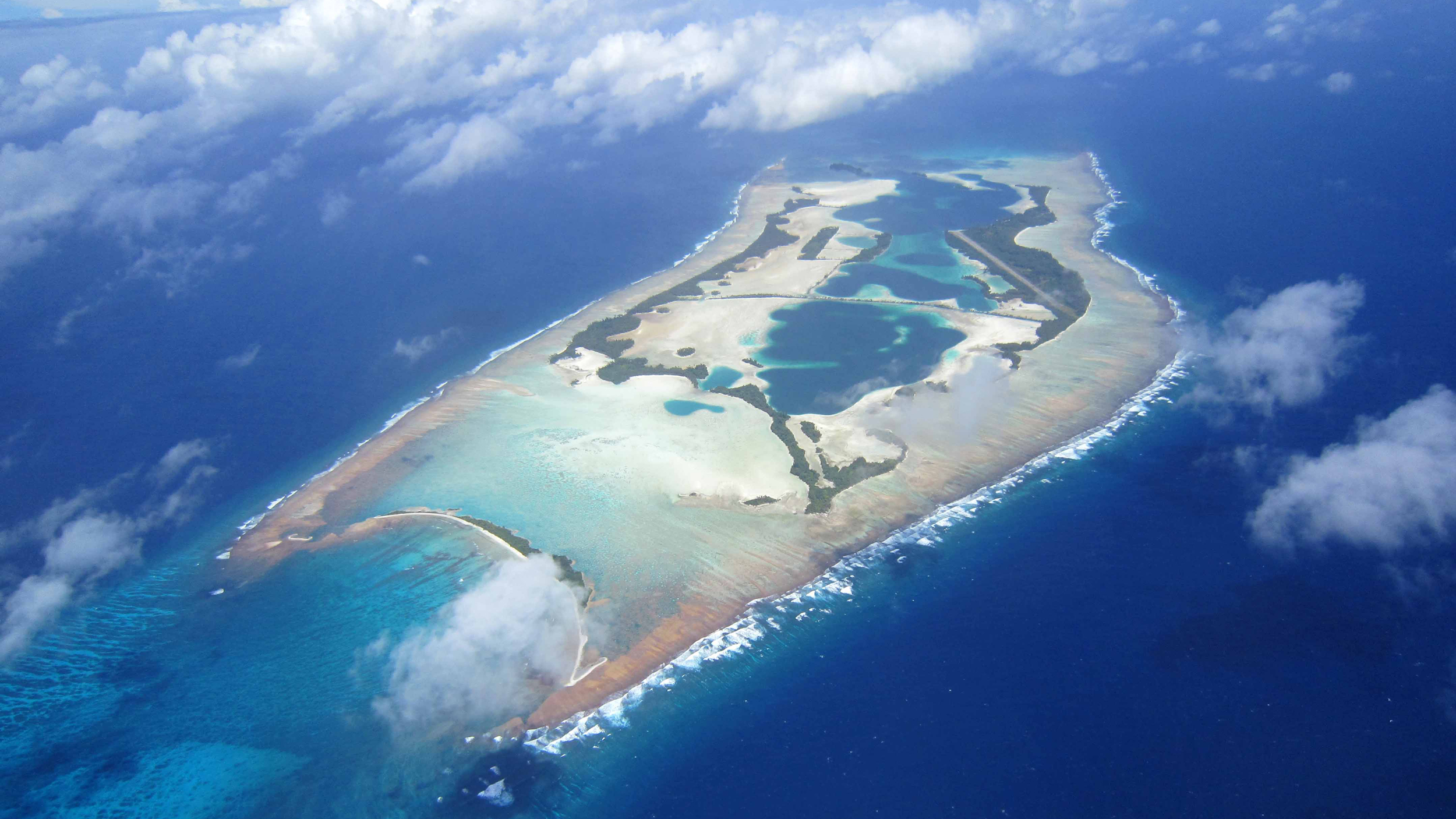
But unlike dead organisms, dead ecosystems can be brought back to life. That has happened at Palmyra. The island, a national wildlife refuge since 2001, is jointly owned and managed by The Nature Conservancy (TNC) and the U.S. Fish and Wildlife Service (USFWS). In 2011, Island Conservation (a non-profit group specializing in removing alien invaders from islands) and the USFWS partnered with TNC to rid Palmyra of rats.
Before the 1980s rodent eradication on islands this complex was unthinkable. But brodifacoum changed that. Non-anticoagulant rodenticides failed because they were so fast-acting. Rats aren’t stupid. When they saw other rats convulse and die shortly after ingesting bait they learned to avoid it. What makes brodifacoum such an effective conservation tool is that it takes a few days to work, so rodents don’t learn to associate it with danger.
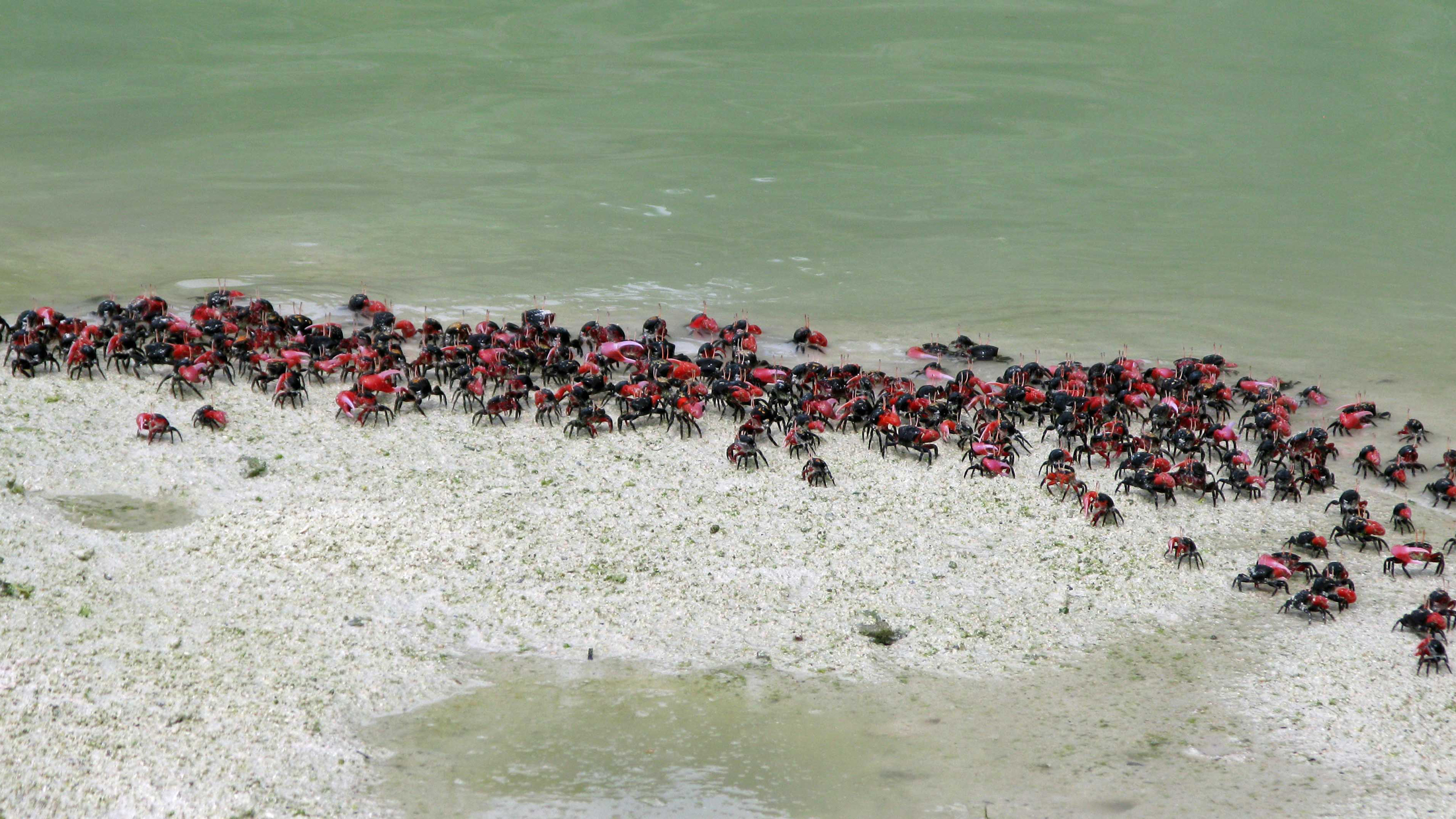
Recovery of Palmyra is just starting, but already changes are spectacular. Today the refuge supports one of the few healthy tropical coastal strand forests found in the Central Pacific. Populations of two land crab species, so depressed by rats they hadn’t been previously observed, are now regularly seen. Seedlings that sprouted a few weeks after the last rat died now tower over managers’ heads. These and other healthy plants provide shelter or cover for at least 10 breeding seabird species, including the planet’s second largest colony of red-footed boobies. Researchers report dramatic increases in sooty terns, white terns, black noddies, brown noddies, and white-tailed tropicbirds. And recolonization of wedge-tailed shearwaters, blue noddies and gray-backed terns appears imminent.
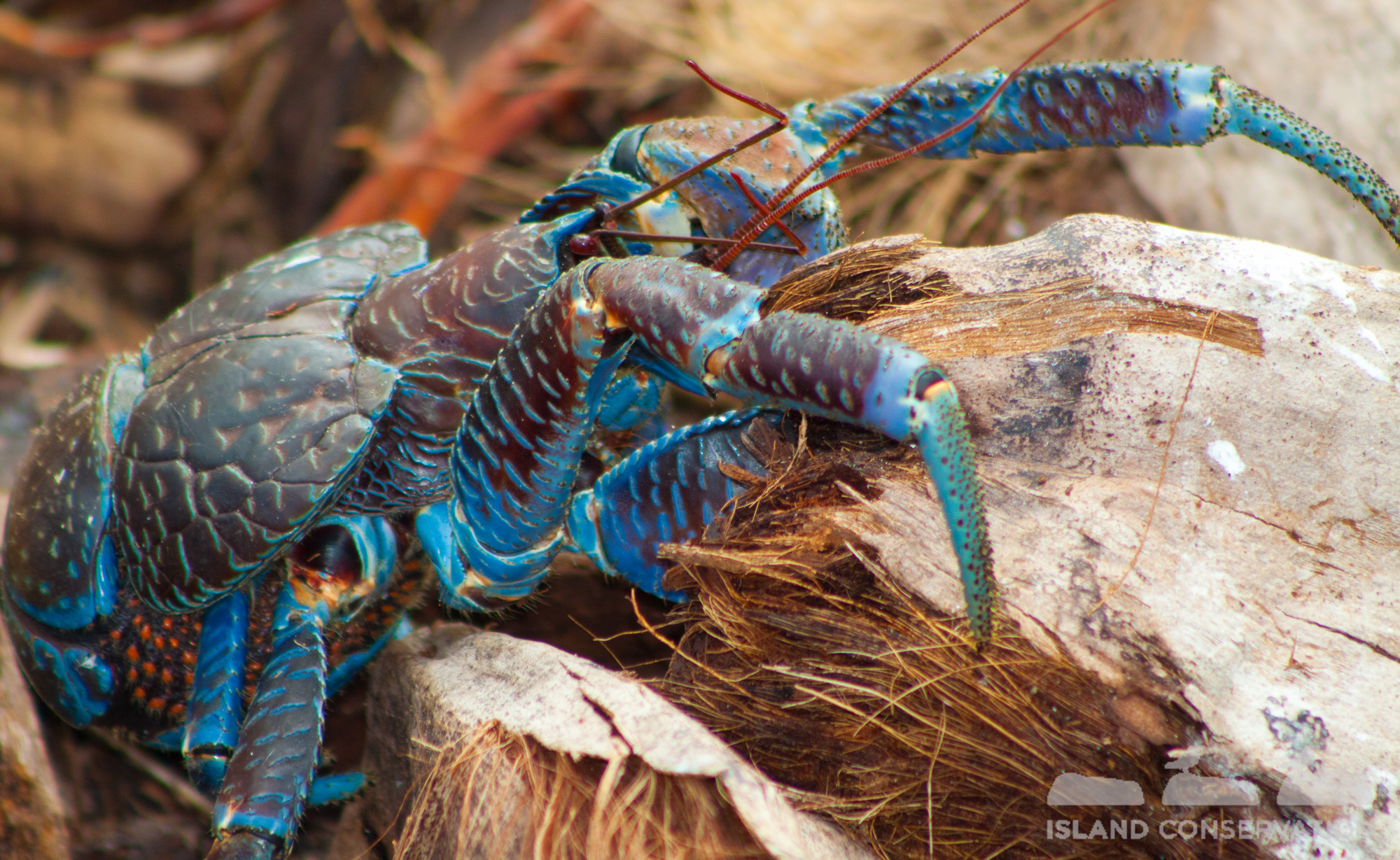
“It was a wonderfully successful effort by our team,” says Evelyn Wight, senior communications manager for TNC Hawaiʻi. “It required an enormous amount of cooperation and coordination. We’re seeing native trees growing like crazy, numbers of fiddler crabs like nobody has ever seen; the ground seems to move with them.”
Refuge manager Amanda Pollock reports “population explosions” of dragonflies and crickets as well as thousands of sooty tern fledglings during each breeding season, compared with a couple of hundred during the rat years.
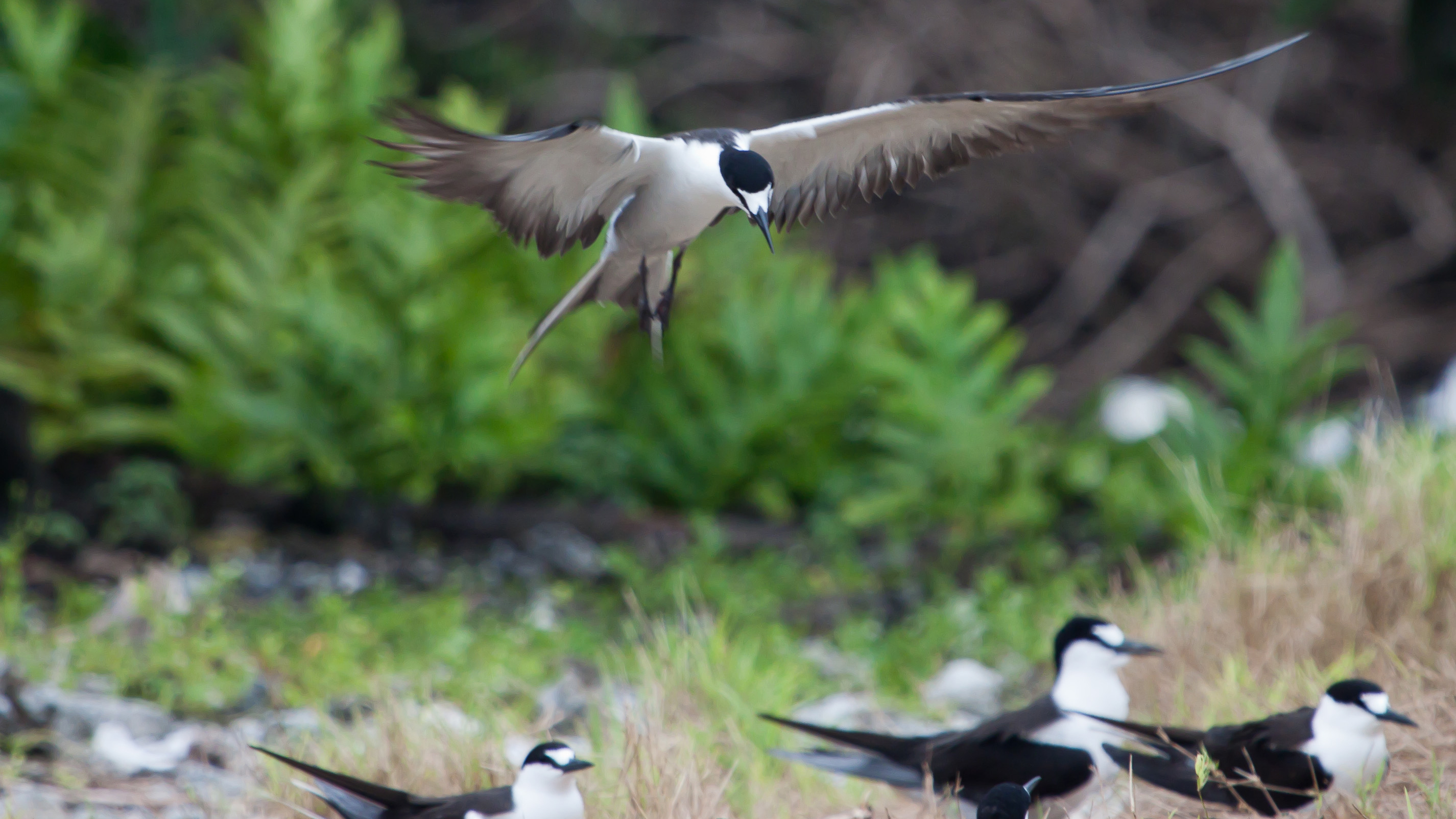
Unique factors made the project one of the most challenging rodent eradications ever attempted. Rats spent much time in the forest canopy. Land crabs competed with rats for poison bait, eating it like candy and with impunity. Elusive bristle-thighed curlews, which were attracted to the bait, had no such immunity. The partners undertook the effort when these migratory birds were mostly summering in Alaska. Virtually all that remained were captured and held safely in pens until the bait was no longer available — a feat some ornithologists had deemed impossible.
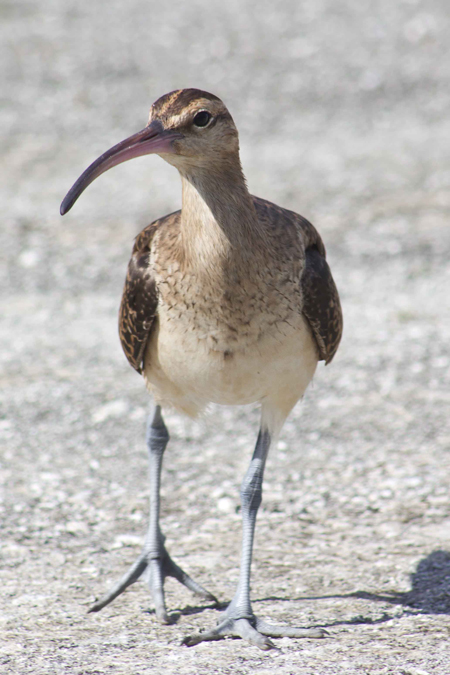
With these projects there is no “close enough.” If one male-female rodent pair or one pregnant female survives, you fail; and occasionally you do fail. In fact, in 2002 an eradication attempt on Palmyra by TNC and the U.S. Department of Agriculture left a few rats alive. Wildlife managers hadn’t counted on the tree-dwelling rats or the rich food supply that limited home ranges, requiring more bait stations in tighter grids.
But managers learn from failures. To lay the groundwork for the second attempt TNC and the U.S. Fish and Wildlife Service called in Island Conservation. Eradication experts from New Zealand, where brodifacoum for island recovery was first deployed, helped with implementation. Two helicopters were specially fitted and shipped to the atoll to broadcast pelletized bait specially developed by Bell Laboratories to withstand the warm, wet environment. The partners used slingshots to fire bait into trees. To keep it out of the water they devised bolas with two bait-filled bags made of biodegradable gauze on each end of a string. Suspended by a 50-foot cable from a helicopter intrepid New Zealander Pete McClelland looped the bolas over the crowns of trees, thereby acquiring the nickname “Dope on a Rope.” Bunkers and other concrete structures from the war days were hand baited.
“The whole operation was brilliant,” declares Gerry McChesney, manager of the mouse-infested Farallon National Wildlife Refuge 28 miles seaward of San Francisco and the most important seabird habitat in the contiguous states. “Amazing that it was successful. I look at Farallones recovery [in the planning stage since 2004] and it has complexities, but nothing like Palmyra.”
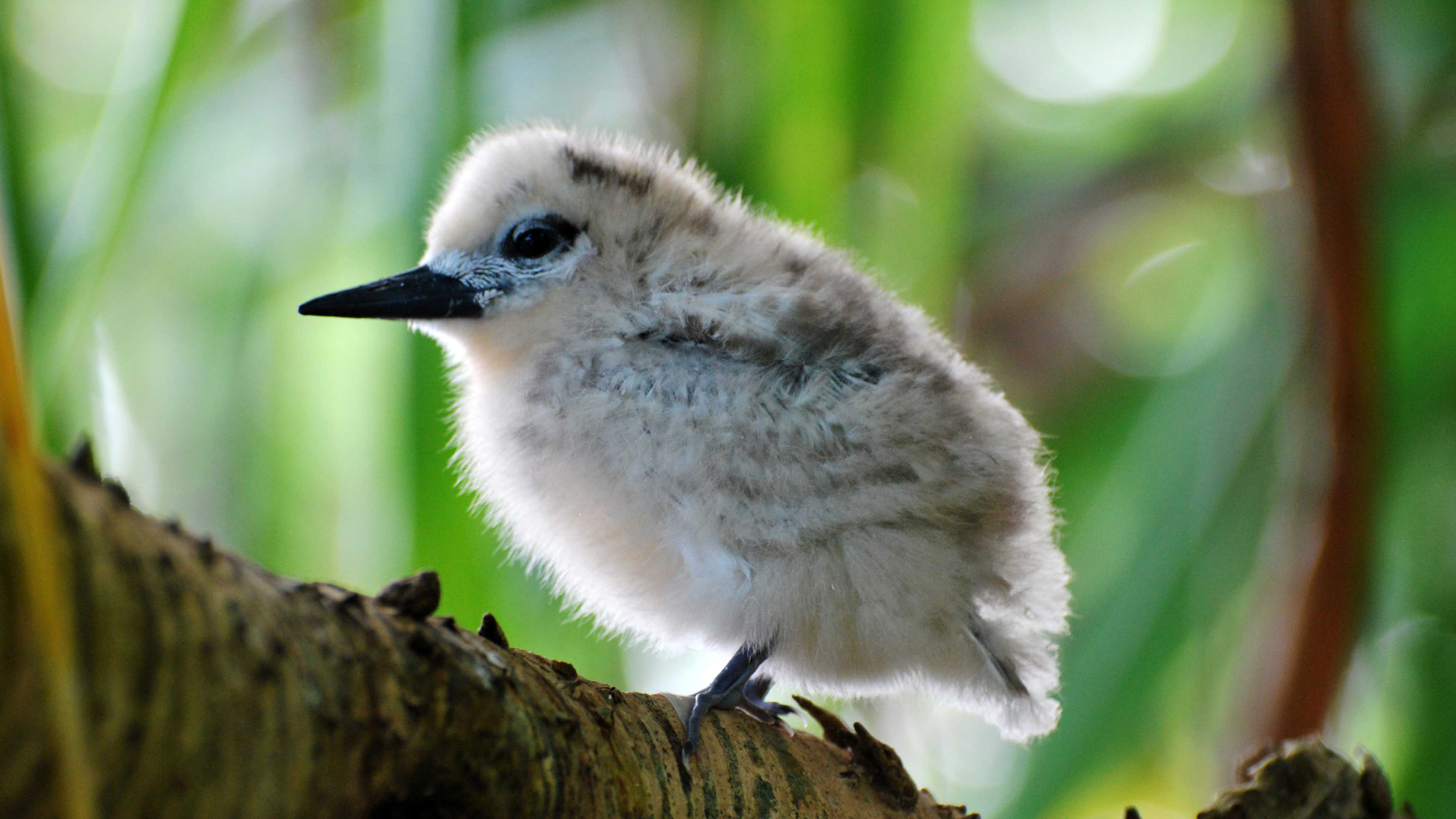
Jeopardizing recovery of the Farallones and other rodent-blighted islands is a pervasive mindset that assigns equal value to aliens and natives, that rejects use of all poisons in all situations, and that would sacrifice entire species to prevent limited deaths of non-target organisms (inevitable with any rodent eradication).
Environmental activist Maggie Sergio of Fairfax, California proves the old saw that one concerned citizen can make a difference. She proves also that this isn’t always a good thing. Sergio is probably the world’s busiest opponent of rodent eradication, which she publicly condemns as “inhumane.” “People are doing this to make money,” she told me. “This is insanity.”
Sergio and her allies failed to significantly disrupt Palmyra recovery but are working hard to block the Farallones effort, perhaps with some success because they’ve generated opposition from the City of San Francisco. And so far, nearly 33,000 people have signed their online petition to kill the project.
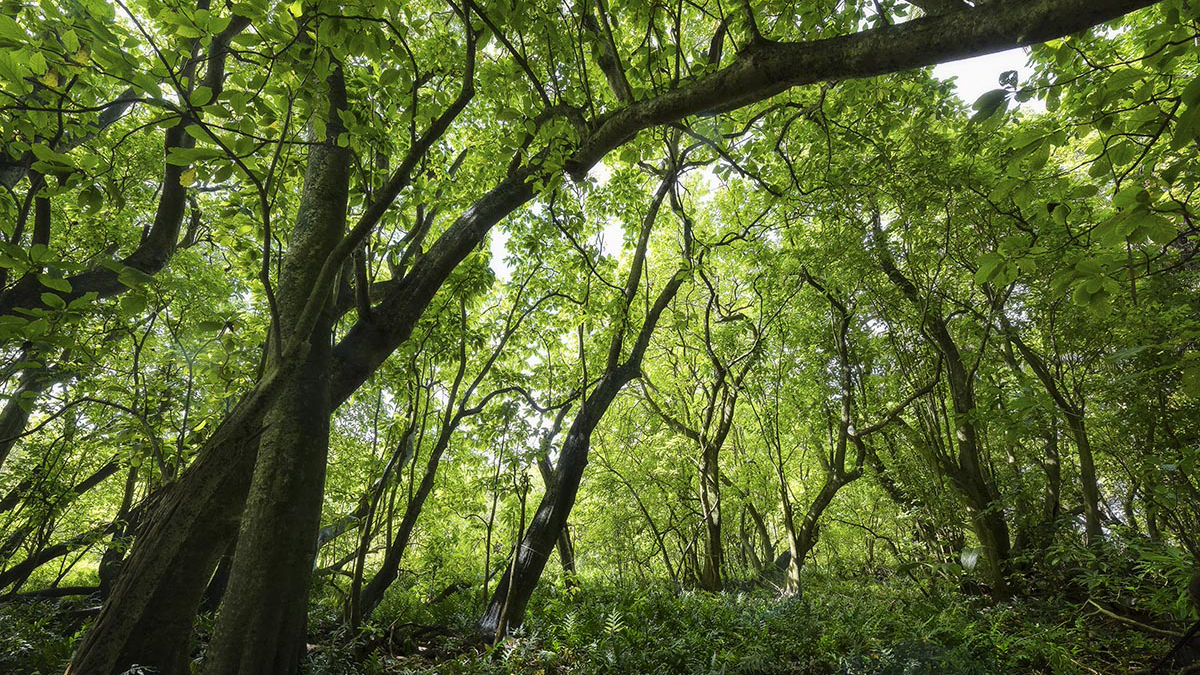
In New Zealand Sergio’s denunciation of poisoning rodents and other invasive aliens on islands elicited this response from the Royal Forest and Bird Protection Society: “Should we allow introduced pests to kill our native species, or should we kill the pests, so that our native species can survive? Should we use the best pest control tools and techniques currently available, recognizing that they are not perfect, or should we wait for a better solution to be found and watch more of our 2,700 vulnerable native species disappear?”
Good questions. And anyone concerned about alleged cruelty of brodifacoum to alien rodents needs to view this video from Gough Island in the South Atlantic, once the most important seabird habitat on earth:
Viewer discretion advised: House mice swarm antlike over a towering Tristan albatross chick — a critically endangered species — slowly eating it alive.
This is the latest in a series called “Recovery” written by Ted Williams. He writes about fish and wildlife for national publications.
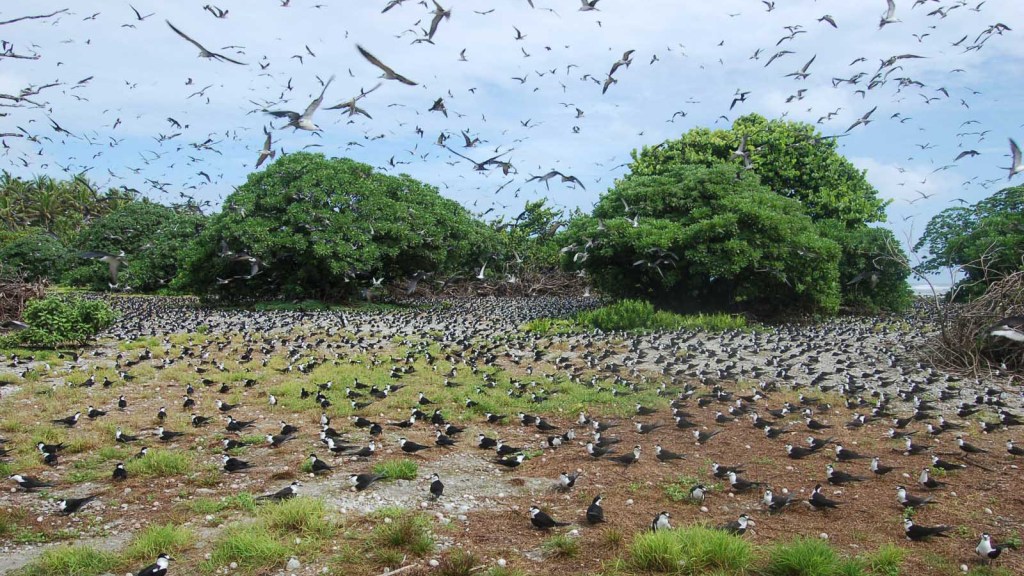



Get rid of species not native to an environment! Continue to save native species. I believe it’s pretty obvious!!
These folks should be applauded. I, too don’t understand the reluctance to rid the Fallarons of rodents. If Palmyra can be rid of those vermin, so could any other Island.
What a wonderful story of determination to succeed against all odds! Our Landcare group (Strathallan Family Landcare) has undertaken a project to build nesting boxes and plant under-storey for the endangered Squirrel glider Petaurus norfolcencis. We also are managing several breeding pairs in captivity and are hoping for a positive result. While not quite the scale of your story, we believe ours in important to the local community and for future generations. We salute Ted Williams for his work and great writing.
Thanks for good writing and realistic solutions – and most esp. thanks for your piece a while back on the most destructive introduced animal in the West: cattle.
inspirational stuff!
My feeling on this is to poison the rat’s out of the Farrallon Islands,these people that object to it are wrong headed and need to wake up and realize that a much more diverse habitat is better than a rat invested dead zone.
Maggie Sergio doesn’t deserve the appellation ‘environmental activist’. And for all her mewling about killing rats not being ‘humane’, she doesn’t seem to have volunteered to put them up at her house.
I’m not really surprised that there’s a spokesperson for the rats. I guess more outraged that anyone would defend their destroying an entire already fragile ecosystem. Many declining species on that island are an important link in an entire food chain and way of life that sustains that ecosystem. They’re an invasive species on that island just as they would be considered in a big city. Do you protest outside of a pet store to stop the selling of them as food for pet snakes! Inhumanity does have its gray areas, but allowing these invasive rodents to completely bring to extinction, or to the brink of it, entire species native to that island is inhumane and intolerable. Extinction is forever. The rodents must go!
Thank you for this. Here are a couple of items I contributed regarding the Farallon mouse-eradication issue, FYI.
http://www.pressdemocrat.com/news/2228418-181/close-to-home-eradication-of
http://www.ptreyeslight.com/article/tradeoff-clear-farallon-islands
Great work and success on Palmyra, keep it up.
My time in the U.S. Navy on Midway Island 1964 thru 1965, hardly no harm from plastic.
Back in 1998 and 1999 as a free lance photographer, very upsetting to witness death by plastic on birds.
Thanks again for the hard work and effort on Palmyra.
Best regards,
Jerry Baldwin
web site: jerrybaldwinimages.com
Those who know nothing about biodiversity have no business imposing there misguided agenda on others.
The success of Palmyra clearly illustrates that.
Let those naysayers live with the rats and see what happens to there food supply and gardens.
Thy will be the first to try and kill them.
Biodiversity is the key to earths survival while there will be some mistakes along the way in repairing and preserving it on balance its much better than the alternative.
Maybe those same people should concentrate there efforts on the people who cut down forests and spread invasive species, (those people are invasives) now that would be a good use of their time.
Very proud of the Island Conservation team which includes one of my heroes Dr Ray Nias for their great work!! This is inspiring stuff. I’ll never forget the fact I learnt studying NZ Conservation back in 1992 that just 3 possums can kill a many hundreds of years old majestic rata tree in just 2 years by eating the canopy! Bring on the brodifacoum I say!!
One great victory rescuing island ecosystems after another — it just keeps getting better, and success breeds success… wonderful. But WHY, one has to ask, should the Farallones be deprived of such ecological rescue just because some people would prefer to allow uncountable seabirds to die year after year from unnatural rodent predation than accept the same rodents to die all in one year from equally unnatural poison (after all, both are human-induced)? It’s like saying we should ban chemotherapy in cancer patients because it has nasty side-effects — would you rather die ‘naturally’ of cancer, or accept the ‘nasty’ side-effects of chemotherapy? Sure, poisoning ANYTHING isn’t nice, just as suffering the effects of serious medical treatments aren’t nice either, as in most cancer cures. But if I have cancer, I know which one I’ll choose. And I’m pretty sure Maggie Sergio would make the same choice!
Great article Ted. I lived and worked there in ’05-
The rats would eat holes in all the coconuts, which would then catch rainwater providing the PERFECT place for mosquitoes to breed– we called them “black smokers” — little wisps of tiny black death — no rats means no black smokers–
A worry before the eradication, because the mosquitoes having no rats to prey on, might have resorted to the birds–
Go forward with your efforts at Palmyra!! Anyone who protects rats over other natural life is NUTS!